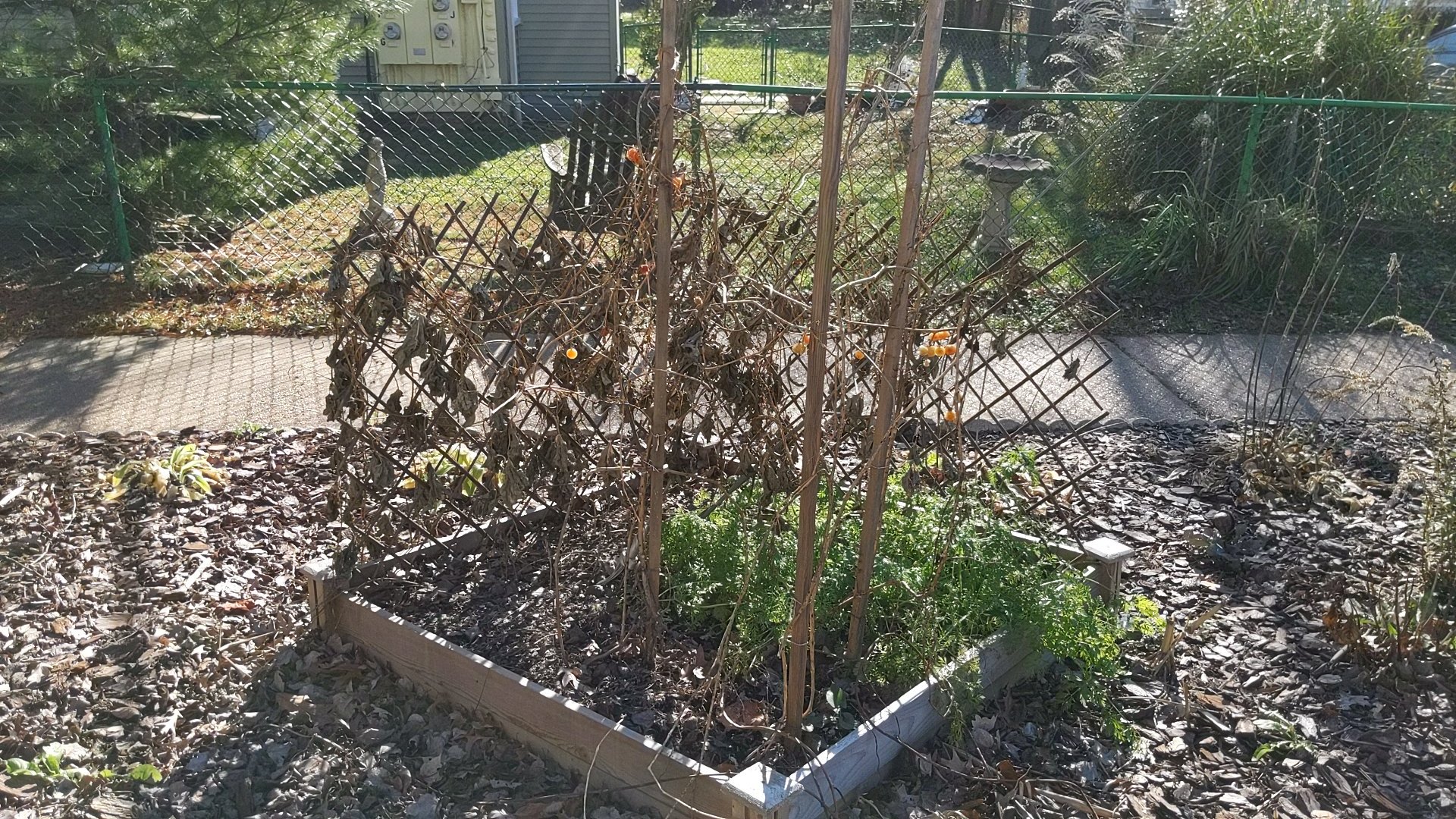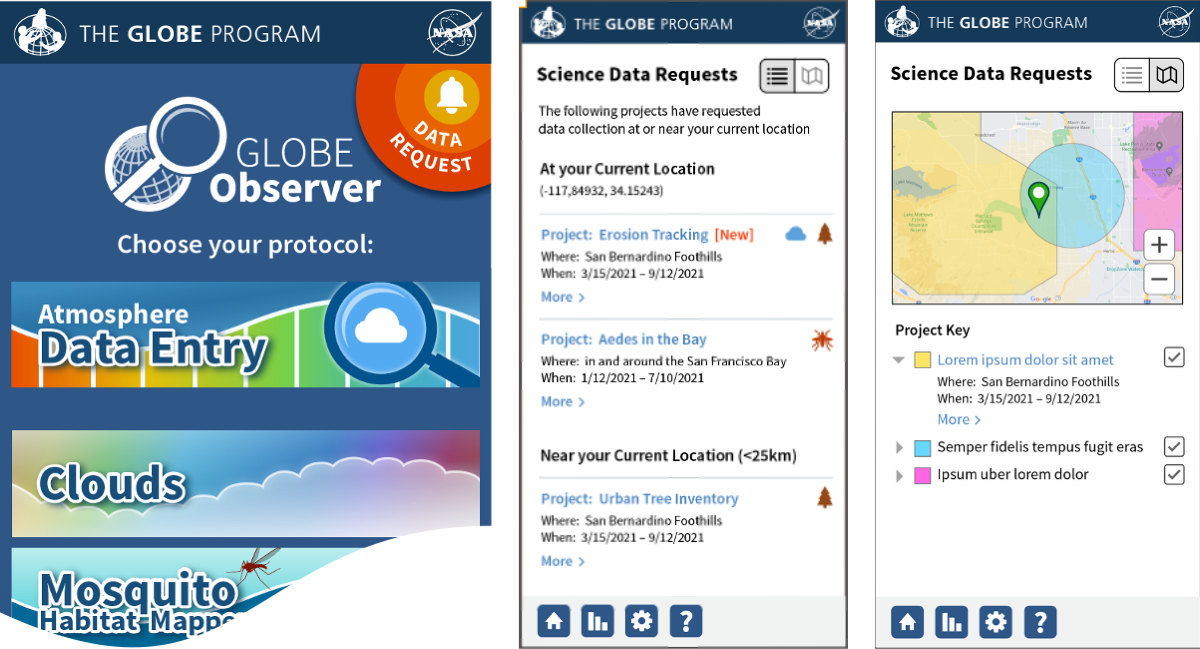News - GLOBE Observer
New Data Request Function in the GLOBE Observer App

Yards in Greenbelt, Maryland are closely spaced, so that mosquito
habitats in one yard allow mosquitoes to affect many homes.
Greenbelt was one of the first communities to test the new data
request function in GLOBE Observer.
Just outside of Washington, DC stands a Depression-era experiment in city planning. Sheltered under a canopy of green, apartments and townhomes fan out in a crescent around a small town center. Though the houses are closely spaced, each has its own yard and access to numerous common areas. The community, Greenbelt, Maryland, was built by the US federal government under the New Deal in the late 1930s to provide both jobs and affordable housing. Additional homes were added during World War II to house defense personnel. Residents formed a cooperative to purchase most of the homes from the government in 1952. Now called Greenbelt Homes, Inc. the cooperative continues to manage the community to this day.
In the summer of 2023, residents were working together to find a solution to a mosquito problem. If standing water sat in just one yard, families in several homes were plagued with mosquitoes. Residents were hoping for a more targeted mosquito control approach than spraying the entire community. In keeping with the cooperative nature of the community, they turned to community science with the GLOBE Program.
Greenbelt Homes, Inc. became one of the first organizations to test a new function in the GLOBE Observer app in which they set up a community project to monitor and eliminate mosquito habitats. During the initiative, when a GLOBE volunteer opened the GLOBE Observer app in Greenbelt, they saw an alert requesting mosquito habitat observations. The alert linked to a project page with more detailed instructions about mosquito monitoring and habitat mitigation in Greenbelt.
Community organizers in Greenbelt, Maryland share their experience setting up a GLOBE Observer data request to monitor mosquito habitats in their community.
The new GLOBE Observer data request function was designed to help communities and scientists ask GLOBE volunteers for observations in a specific location. In addition to the Greenbelt mosquito initiative, the feature was tested in 2023 with the NASA Moon Tree Quest. A team of scientists and educators from NASA and the USDA Forest Service asked volunteers to find the surviving Apollo Moon Trees and measure their height. The app alerted volunteers when they were within about 25 kilometers of a known Moon Tree with the location of the tree and a request to measure it. Other early test projects asked volunteers to document ice in a river basin in Alaska and to map land cover on a university campus – both with the app’s Land Cover tool.
Now, applications are open for any scientist, community leader, or educator in the United States to request clouds, mosquito habitat, land cover or tree data from GLOBE volunteers. Applicants must have a GLOBE account and be trained for the protocol. The application form requires a brief description of the science or issue driving the data request and instructions and a project description for volunteers.

When data are requested near you, you will see an alert on the
GLOBE Observer home screen. Tapping on the alert leads to all
projects requesting data in your area and to a description of how to
participate in each project.
All proposals will be reviewed, and if approved, a project page will be set up on the GLOBE Observer website and the request will be posted in the GLOBE Observer app for the region of interest. To apply, see the instructions at Requesting Data Collection in the GLOBE Observer App. Sign in with your GLOBE email and password to access the application form.
If you are a GLOBE volunteer, watch for the orange bell in the upper left corner of the GLOBE Observer app home screen. Your observations could support science or local initiatives to make a difference in your community.
Comments
View more GLOBE Observer news here.








